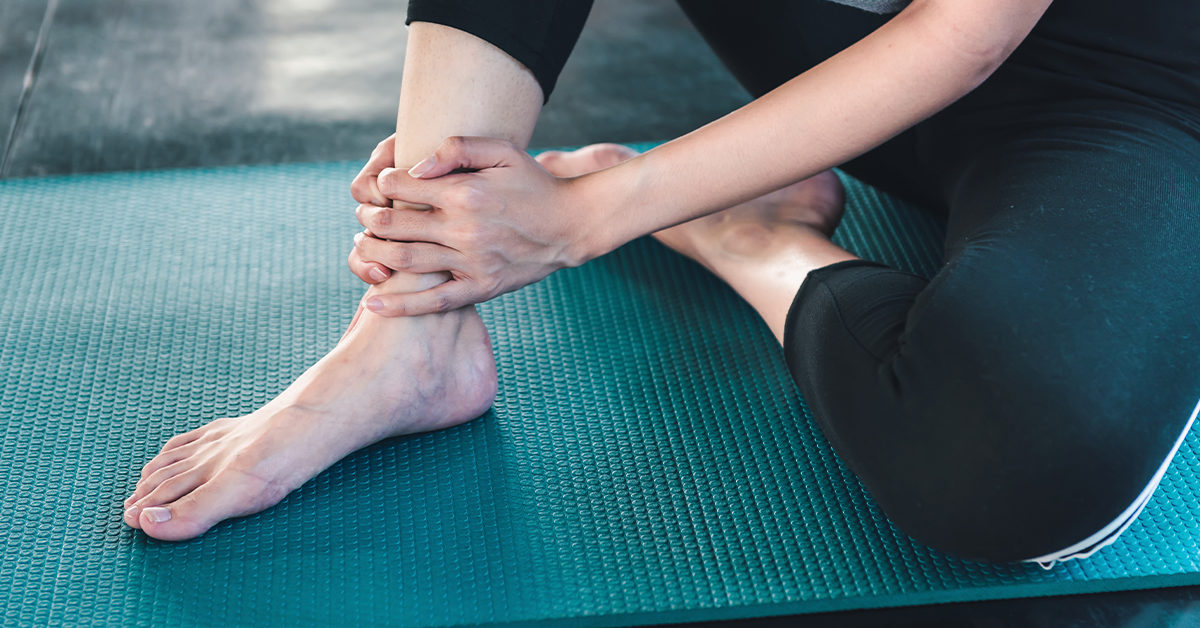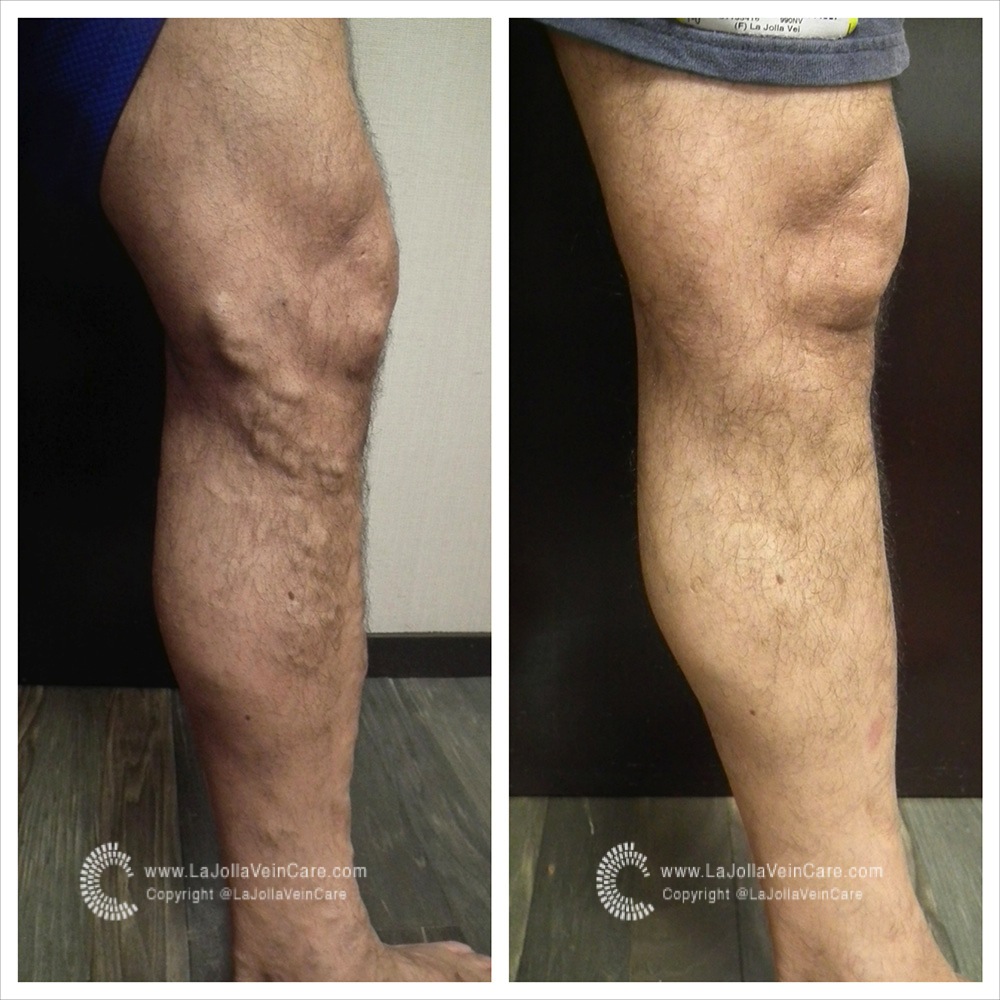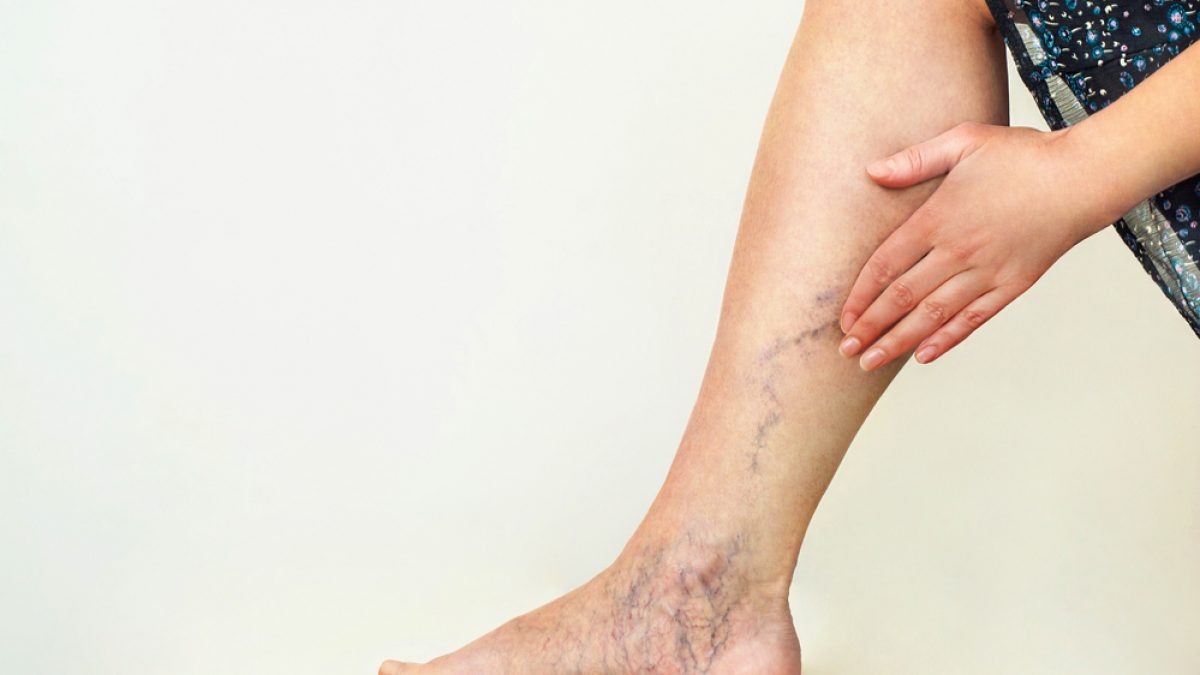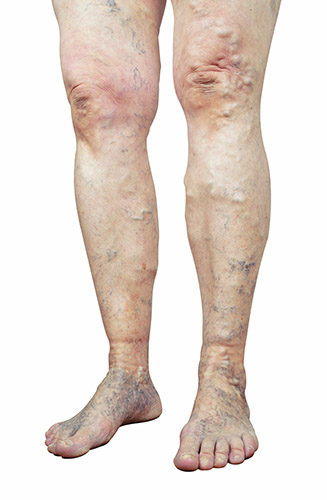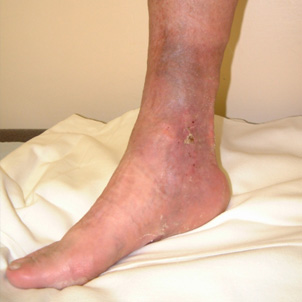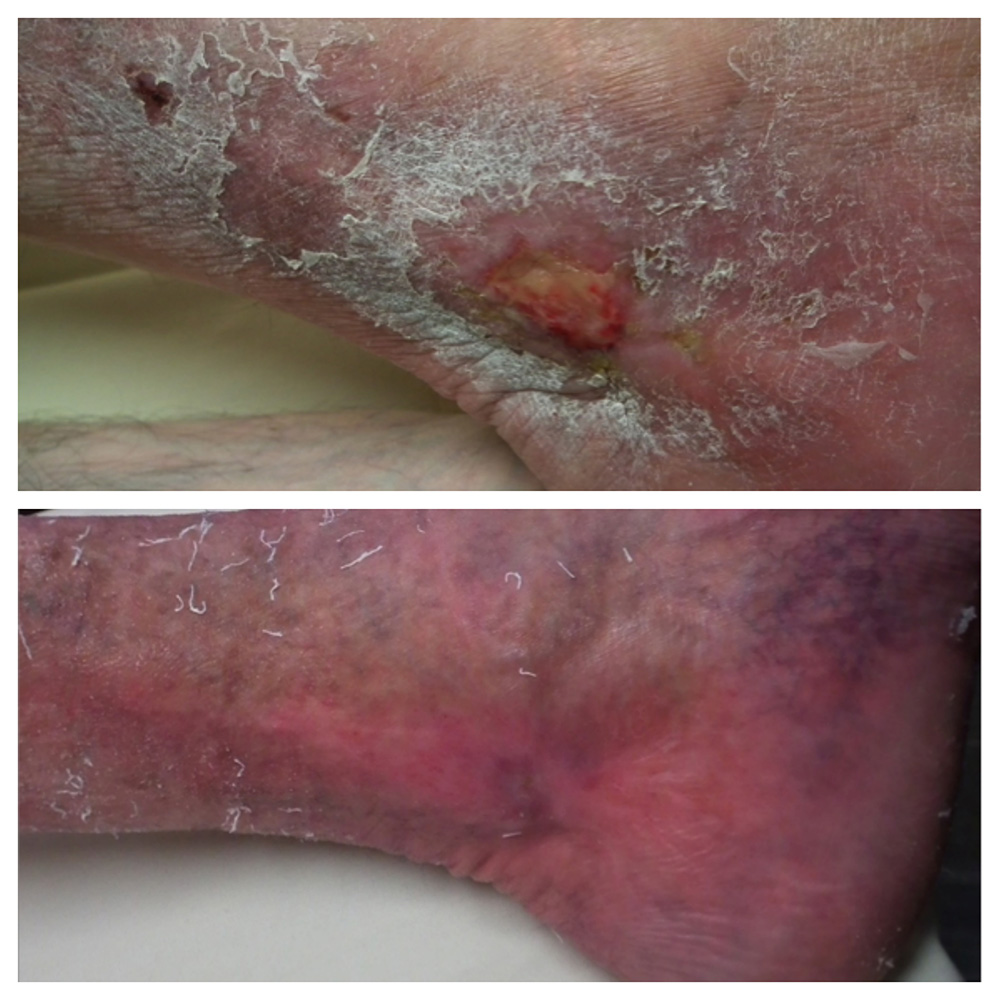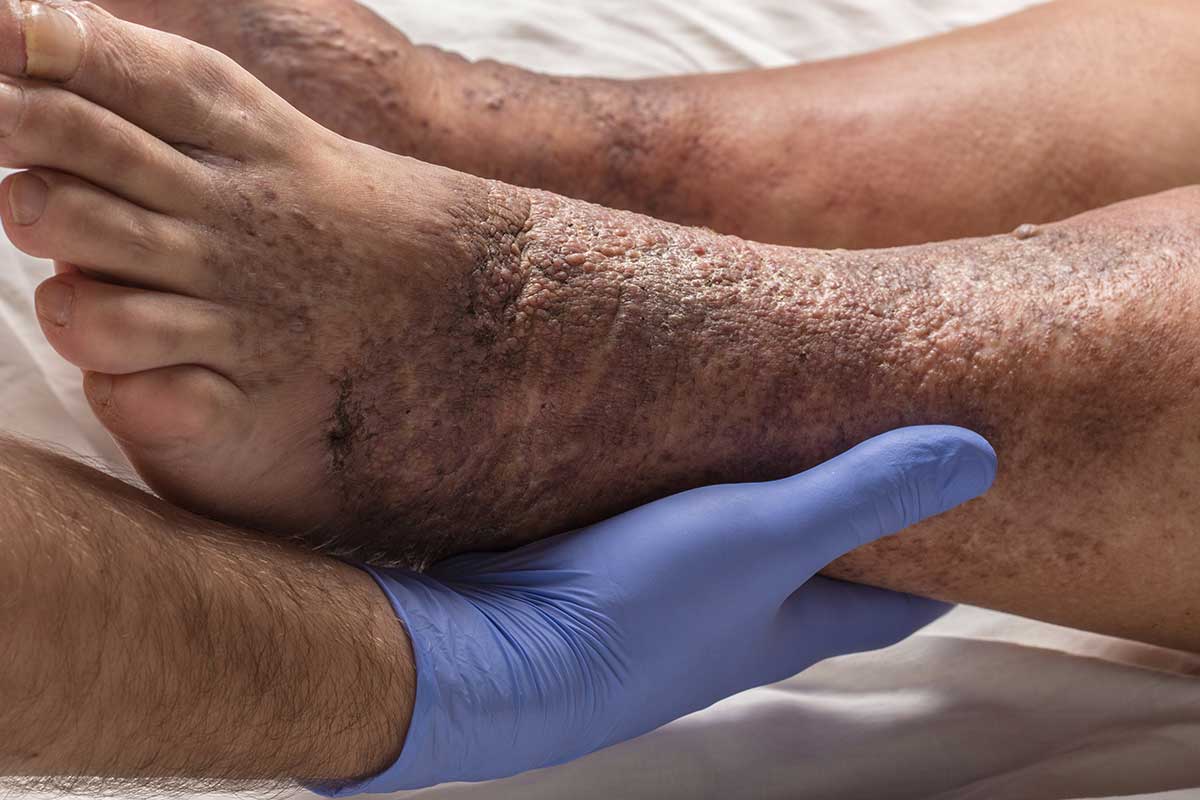Inherited Risk of Deep Venous Thrombosis (DVT)
Web@ljvascular.com2014-10-07T16:16:43-07:00The Factor V Leiden mutation is one of the most common inherited genetic mutations, causing blood clotting disorders. It is found in 4% to 6% of the U.S. population.
If someone has one copy of this genetic mutation (heterozygous), they are considered a carrier of the mutation. A carrier has an approximate 3 to 6 fold increased […]

